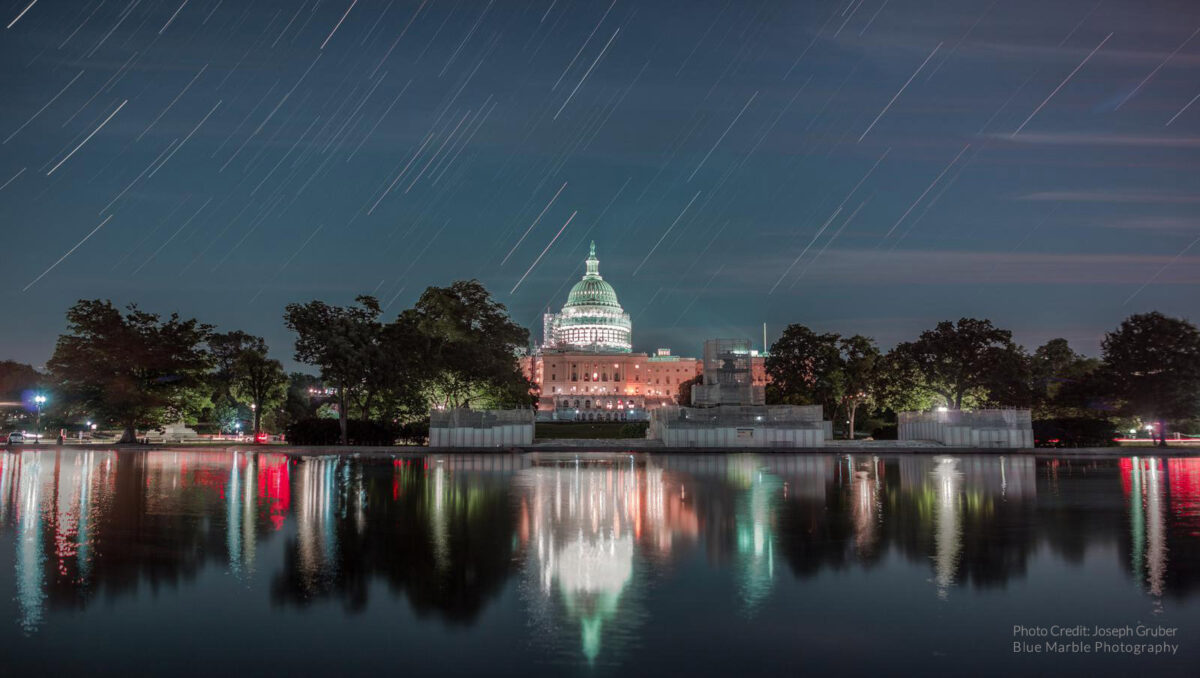The Space Advocate • Sep 15, 2022
The Space Advocate Newsletter, September 2022
From the Chief Advocate

Congress can legislate a rocket into existence, but at the end of the day it is beholden to the physical world and its complexities. “Physics was the quiet remark, 'Give an object an escape velocity of 36,000 feet per second and it will be able to leave the gravitational field of the earth,'” wrote Norman Mailer, “Engineering was the fifty years of rockets digging furrows in cornfields and catching fire on the pad from leaky valves.”
NASA's latest rocket, the Space Launch System (SLS), didn't catch fire, but it did suffer from leaky liquid hydrogen valves (among other problems) that prevented its first and second launch attempts. It is now undergoing repairs.
Over the past month, I have spoken to dozens of journalists about the political theory behind the SLS: how it anchors a broad political coalition across many states, preserves the jobs of the Shuttle workforce, and creates a trailing opportunity for commercial and international partners. The SLS is an elephant crashing through the jungle: lumbering, inelegant, but ultimately creating behind it a path for others to follow.
But even the most clever political maneuverings mean nothing if the rocket itself does not work.
Let's be clear: the first launch of any rocket tends to be beset by problems. That was the case for the Saturn V, the Space Shuttle, and the Falcon 9. Every launch attempt discovers issues that are solved and accounted for in the future, ultimately improving reliability. But unlike other rockets, the SLS is condemned to a glacial launch rate. The first ten Shuttle flights occurred in three years. The SLS will take more than a decade to do the same. That rate limits NASA's ability to refine and improve the rocket.
Watching NASA launch personnel valiantly struggle with hydrogen leaks and faulty engine sensors and other problems during this first attempt, I glimpsed our future with this rocket: each launch will be akin to its “first” launch, with a host of emergent problems arising from its inheritance of finicky fuels and complex systems. This tracks with my conclusions in a paper I published earlier this year, which compared funding profiles of the Saturn V and SLS. I noted that the SLS followed a cost-restrictive development budget that, by deferring engineering problems to the future, would increase overall operational costs — a trend first noted by Howard McCurdy in the context of the Space Shuttle.
It will be an ongoing burden to bear, both financially and psychologically by the personnel tasked with launching it. To be clear: I want it to work. I want to see humans return to deep space in an enduring fashion. The current approach is sound, conceptually, and is the closest we've come in half a century to departing our Earth's gravitational sphere of influence.
And I have to admit, standing outside in the dark, early morning hours prior to the launch, a Moon rocket aglow on the horizon, was enough to make even the most skeptical space fan's pulse quicken.
Until next month,
Casey Dreier
Chief Advocate
The Planetary Society
Space Policy Highlights

After years of setbacks, NASA’s SLS moon rocket is ready to fly (washingtonpost.com) "Standing atop its launchpad, the SLS is a glorious sight, but also a contradiction. More powerful than the Saturn V that launched the Apollo astronauts to the moon, the SLS is a symbol of engineering prowess and American might that evokes the 1960s-era exploration nostalgia. But costing more than $23 billion, it also is a monument to parochial congressional interests, stultifying bureaucracy and contractor mismanagement."

Years after shuttle, NASA rediscovers the perils of liquid hydrogen (arstechnica.com) "Hydrogen is the most abundant element in the universe, but it is also the lightest. It takes 600 sextillion hydrogen atoms to reach the mass of a single gram. Because it is so tiny, hydrogen can squeeze through the smallest of gaps. This is not so great a problem at ambient temperatures and pressures, but at super-chilled temperatures and high pressures, hydrogen easily oozes out of any available opening."

Space Council Discusses STEM, Human Spaceflight and Commercial Space Regulation (spacepolicyonline.com) "Vice President Kamala Harris chaired a second meeting of the White House National Space Council yesterday. As with the first meeting, STEM education was one of the three main topics. The other two were NASA’s human spaceflight program and creating regulations for novel commercial space activities. No major decisions were announced, but a White House framework for STEM education and space workforce development was released and several tasks were assigned to Council members."

ESA seeks major funding increase at ministerial (spacenews.com) "The European Space Agency will seek a roughly 25% increase in funding from member states this fall despite economic and geopolitical challenges in Europe. Josef Aschbacher, director general of ESA, said the agency will request more than 18 billion euros ($18 billion) from its members at November’s ministerial meeting, where members will agree to programs and funding levels for the next three years."
Planetary Radio: Space Policy Edition

Mike Gold on Crafting the Artemis Accords
As we wait for the launch of Artemis 1, we explore the Artemis Accords: a shared set of principles for exploring space, signed now by more than 20 nations. The accords outline a set of peaceful behaviors and shared values, including the open sharing of scientific data, safe disposal of orbital debris, commitments to mutual aid, and practices for using space resources and preservation. Mike Gold, former associate administrator of Space Policy and Partnerships at NASA, helped draft these accords and joins the show to share why they're important, how they came together, and the immense practical benefit of having global norms in space. Casey and Mat also discuss the context and meaning of the Artemis 1 mission following their visit to Kennedy Space Center in Florida.


 Explore Worlds
Explore Worlds Find Life
Find Life Defend Earth
Defend Earth

